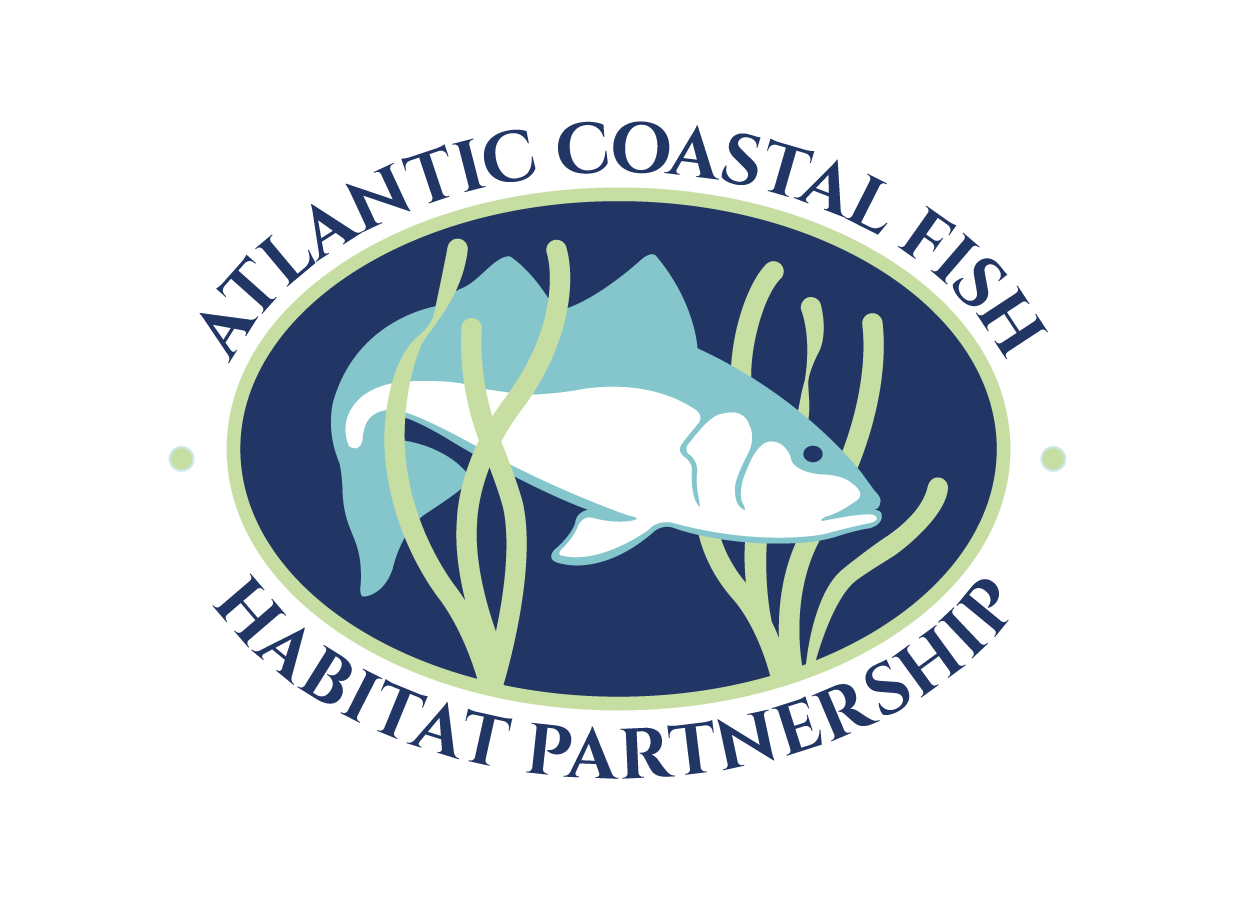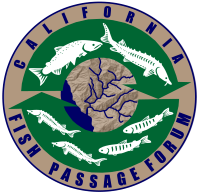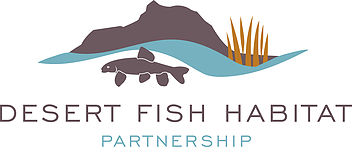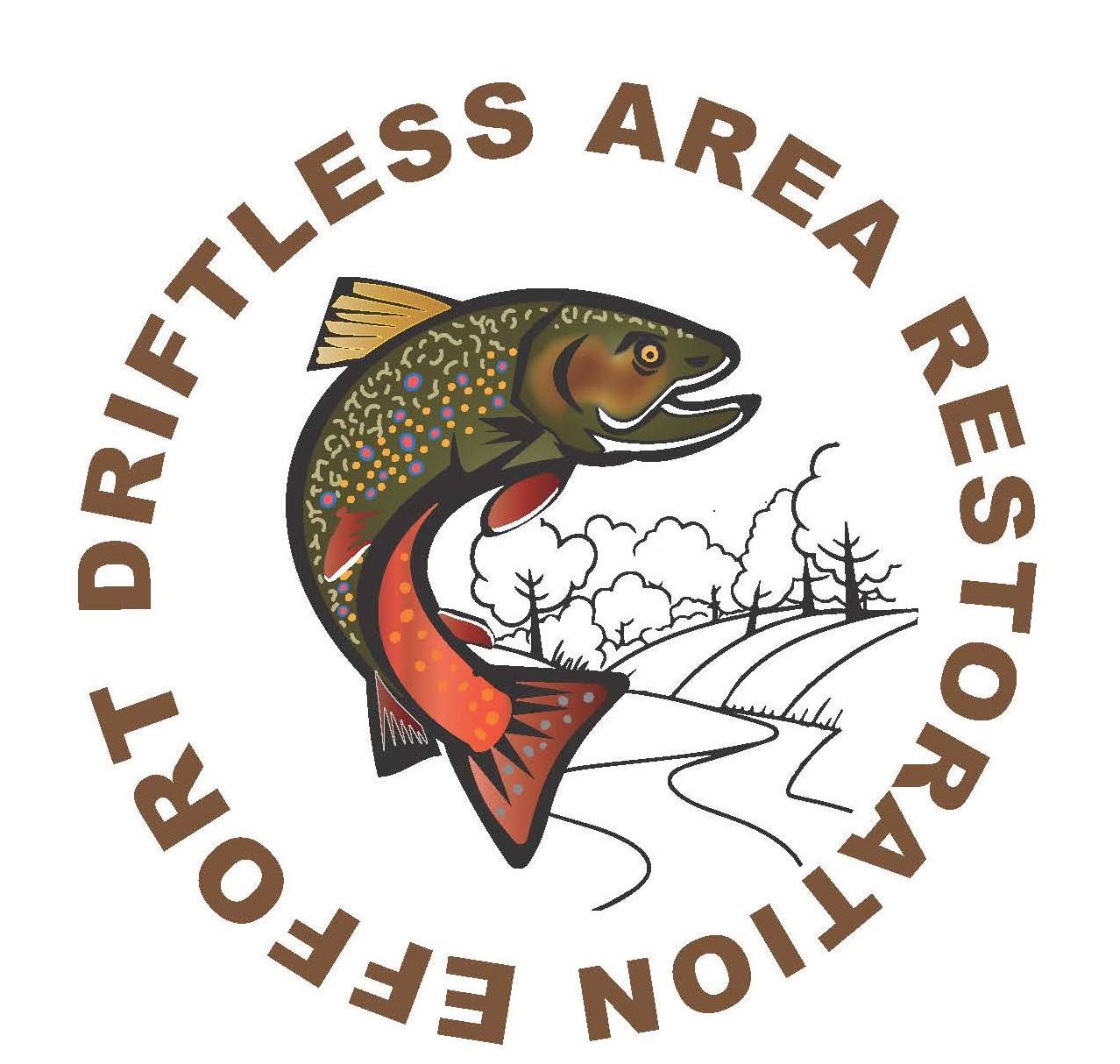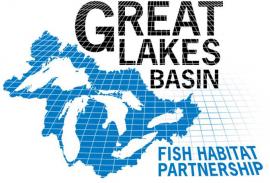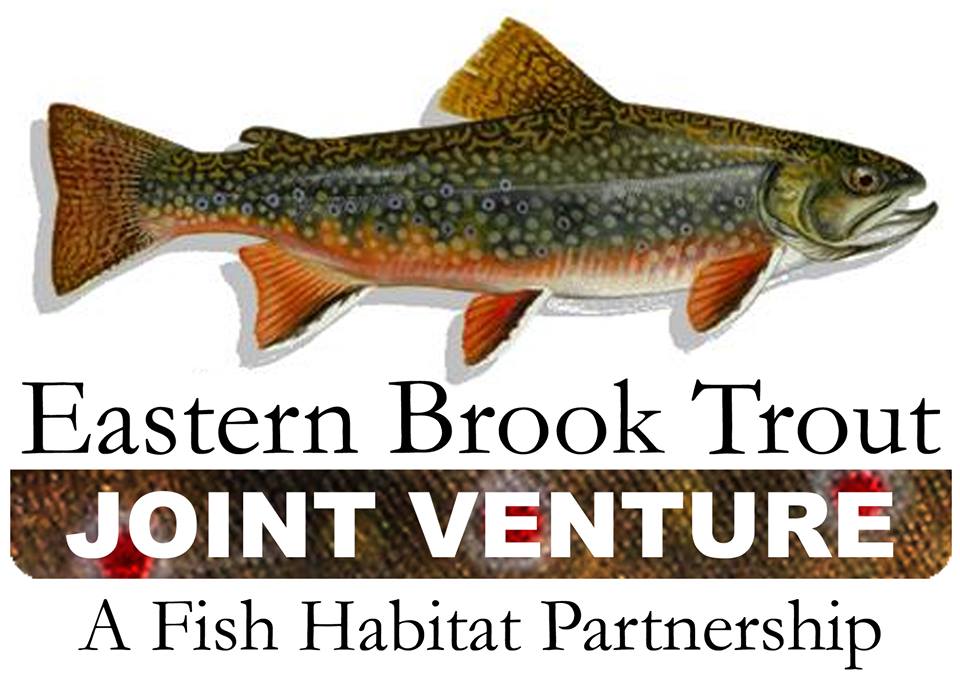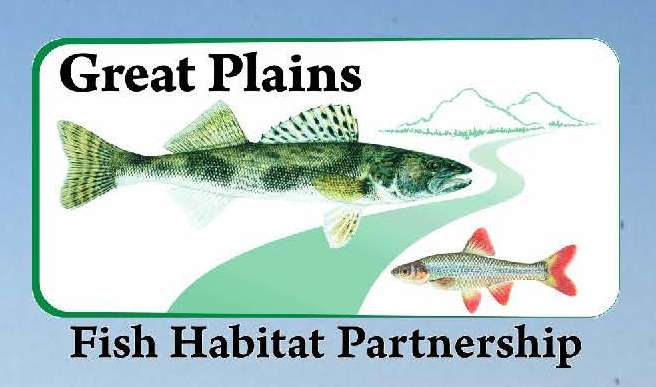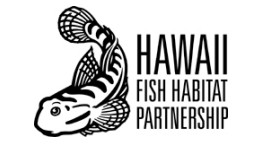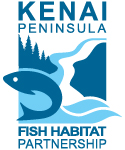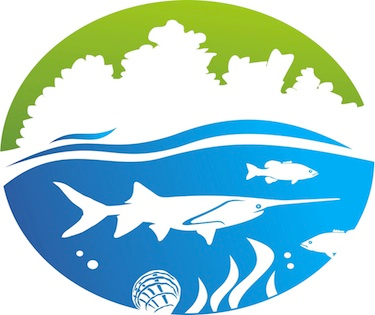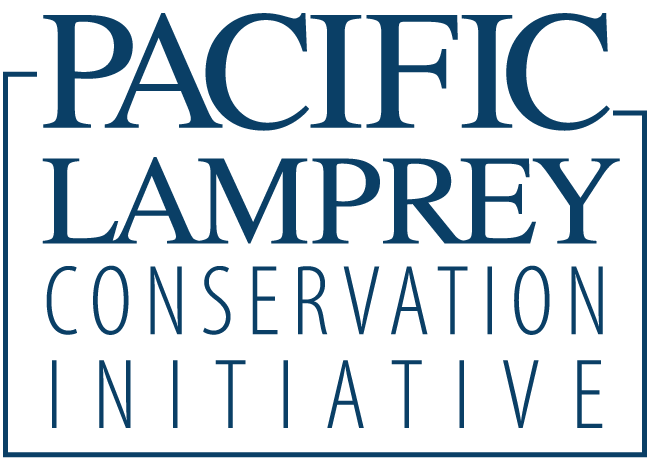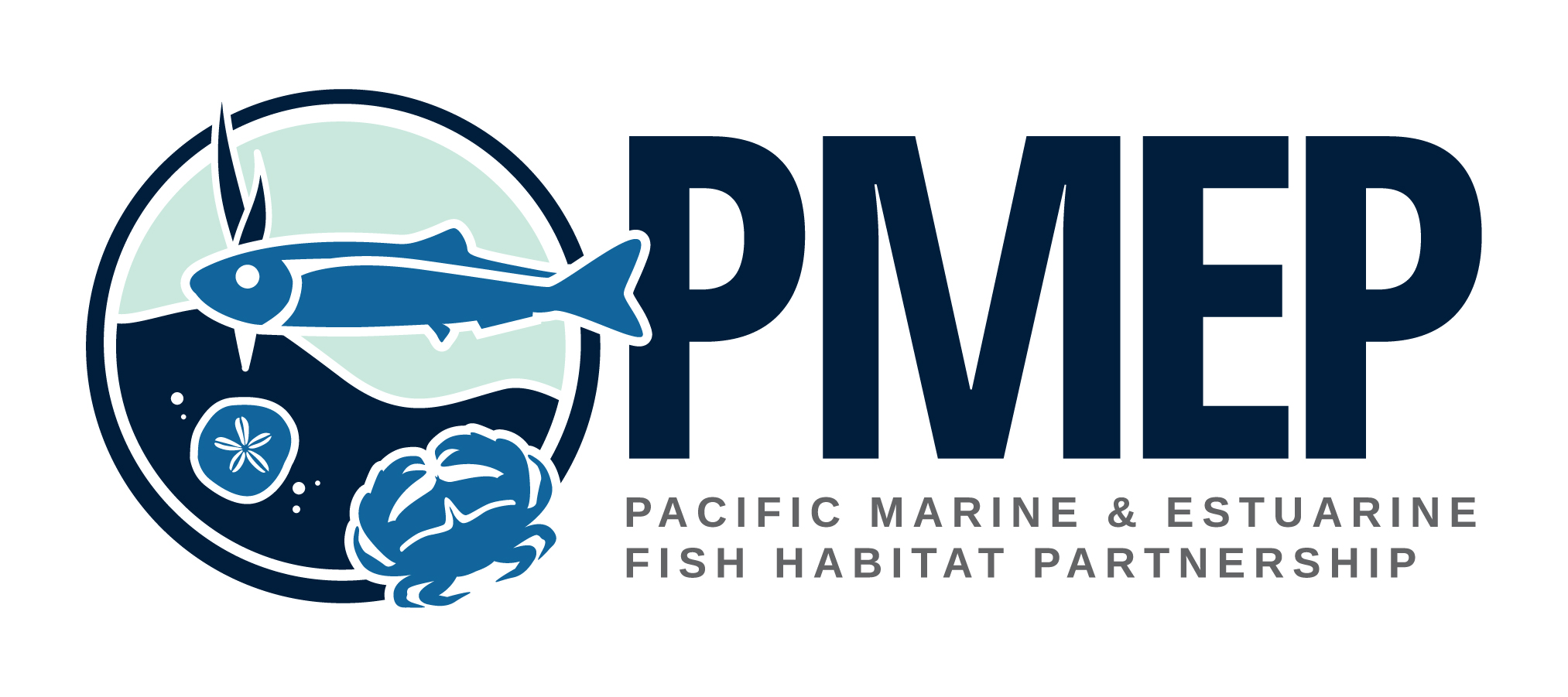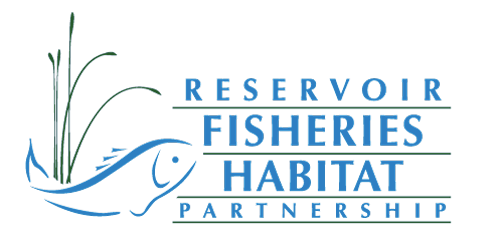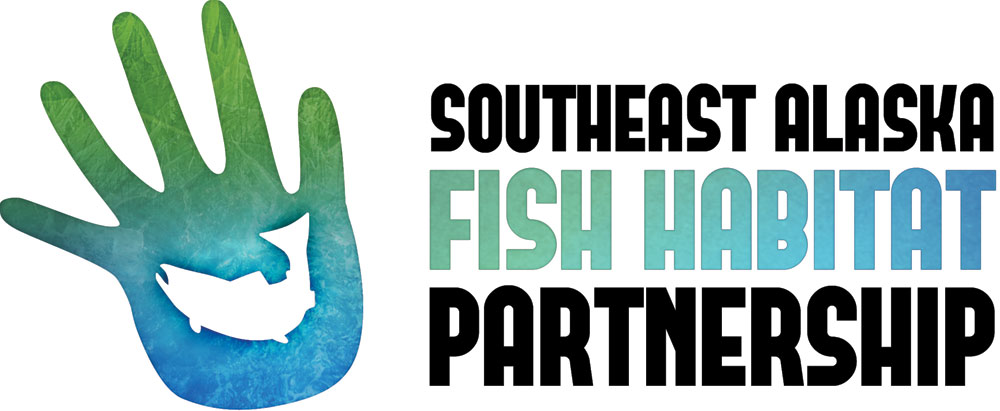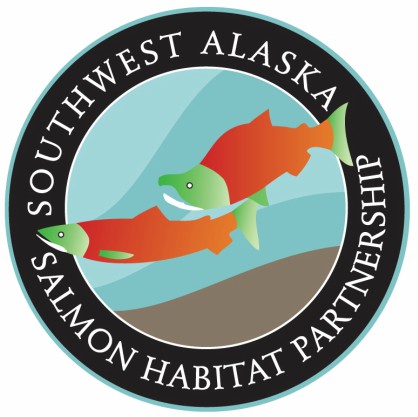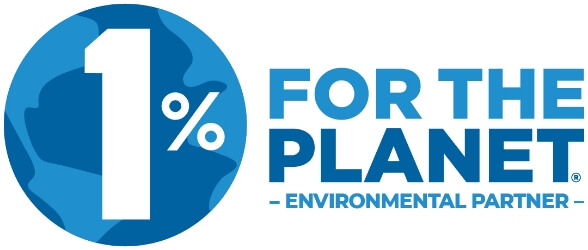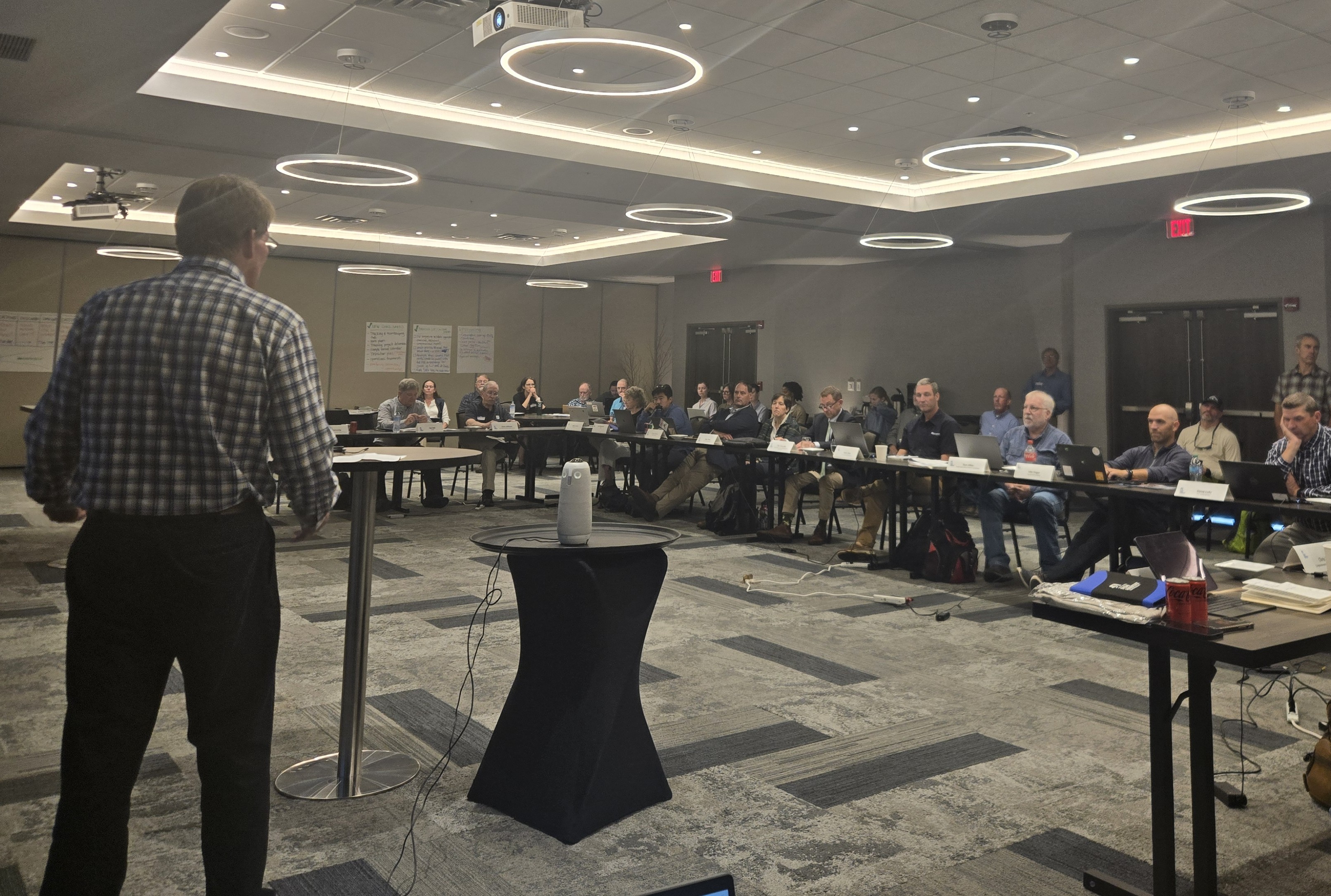
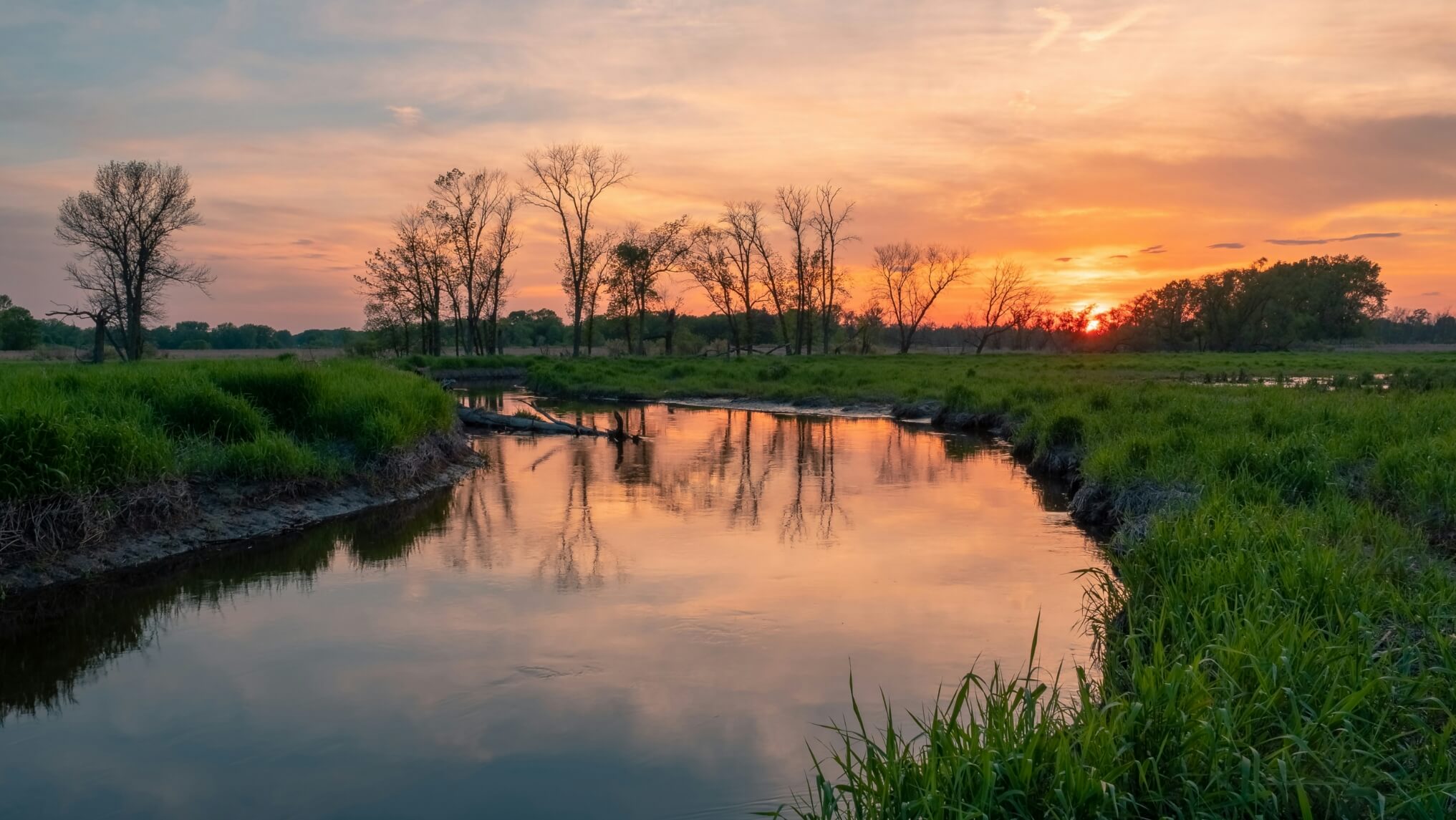
We provide national leadership and coordination with partners from across the nation in order to conserve fish habitats.

The National fish Habitat Partnership
The National Fish Habitat Action Plan (under the National Fish Habitat Partnership), codified through The America's Conservation Enhancement Reauthorization Act of 2024 (PL 118-198), is an unprecedented attempt to address an unseen crisis for fish nationwide: loss and degradation of their watery homes.
Our Mission
Our mission is to protect, restore and enhance the nation's fish and aquatic communities through partnerships that foster fish habitat conservation and improve the quality of life for the American people.
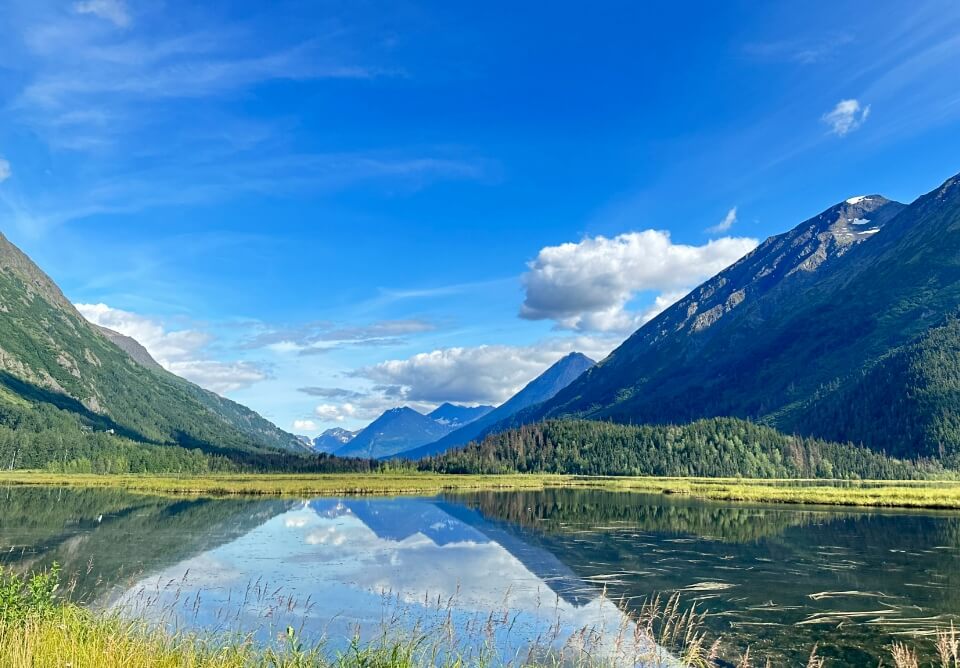
Project Spotlight
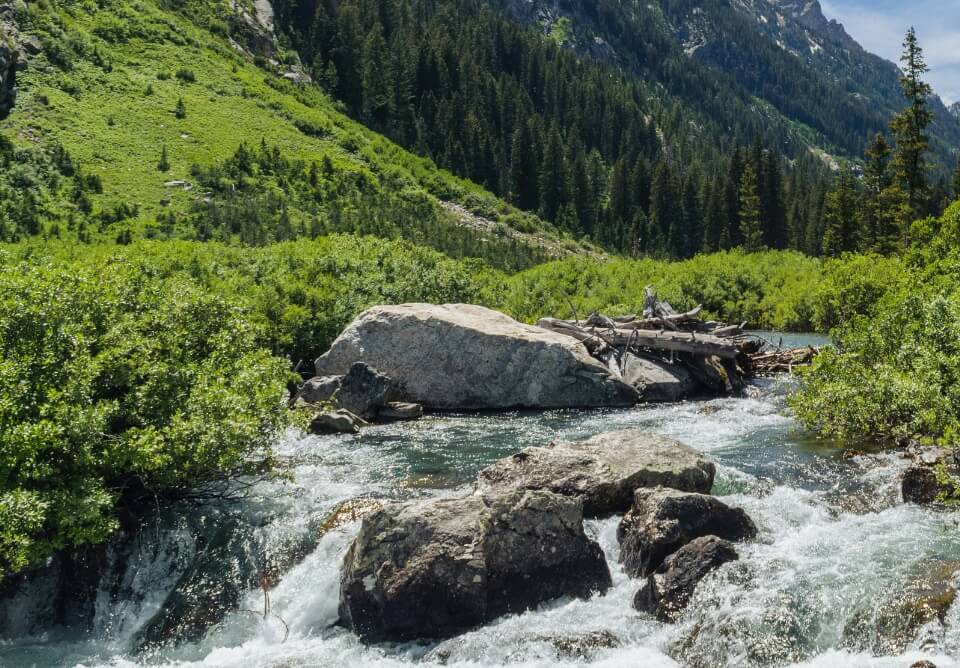
Big Lake, located in the fast-developing Mat-Su Basin, is a large well populated and heavily recreated lake in the growing community of Big Lake just west of the City of Wasilla. The lake itself, with 26 miles of shoreline, and two streams in its basin, are used by spawning sockeye and coho salmon each year, and host resident populations of Dolly Varden, Rainbow Trout, and other fish.

Project Spotlight

Spread Creek, located outside of Jackson Hole, Wyoming, traverses tough relatively pristine Nation forest and National Park lands before joining the Upper Snake River approximately 15 miles below Jackson Dam. Spread Creek showcases a diversity of life histories for native Snake River Cutthroat (Yellowstone Cutthroat Trout subspecies) trout important to the resilience of the population and species into the future. The lower section serves as a migration corridor for large, fluvial fish, while the upper portion of Spread Creek serves as important spawning and rearing habitat for fluvial fish and year-round habitat for resident fish.
2023 Waters to Watch
The 10 Waters to Watch list, assembled by the nations' leading authorities on aquatic conservation, is a collection of rivers, streams, and shores that will be cleaner and healthier habitats for the many fish and wildlife species and people who call these areas home.
Thanks to the combined actions of concerned community groups, non-profit organizations, local watershed groups, Native American tribes and state and federal agencies, and local governments these waters are being improved by planting stream-side vegetation, removing structures blocking fish from habitat and protecting bodies of water from the effects of industrial processes, agriculture and livestock.
Each year the list is updated with different projects across the nation, these projects have been documented for over 15 years and it's amazing to see how far the efforts reach to improve habitats.

Join the Effort & subscribe to our newsletter
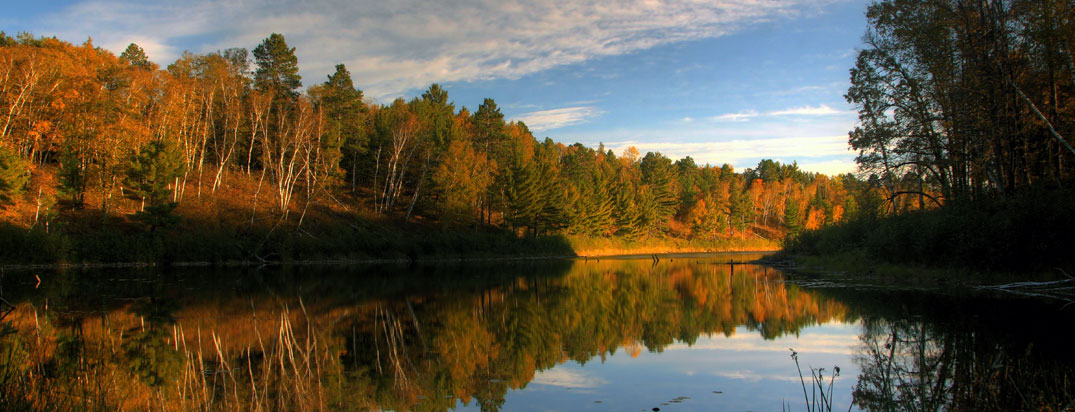
Support Our Cause
Every day in America aquatic habitats are impacted and being degraded. Many of these waterways are in your backyard and are in need of attention and care. By getting involved, you have the opportunity to reverse this trend and affect positive change in your community.
News




